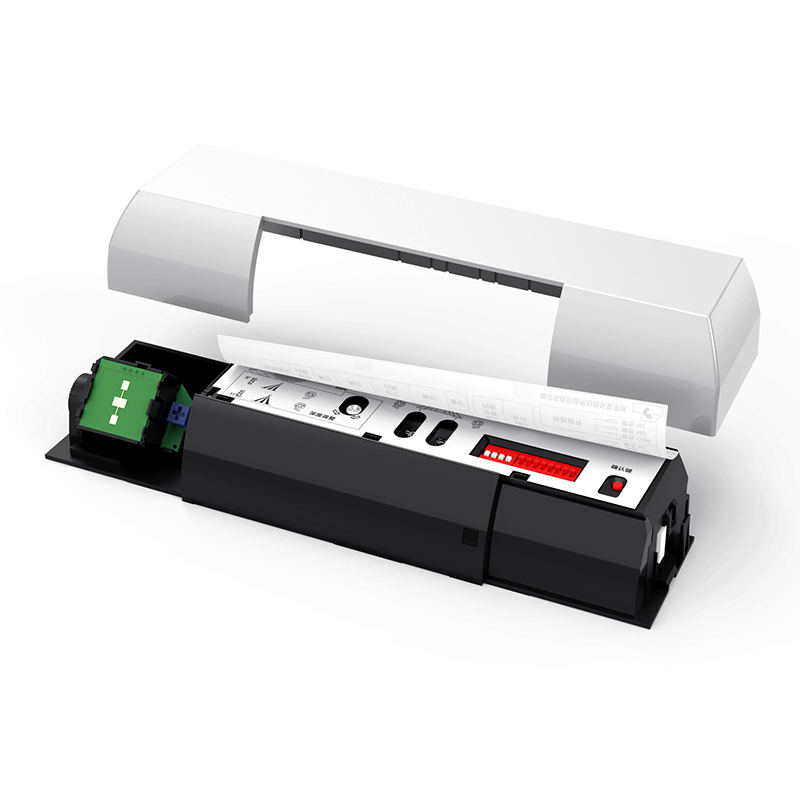How do automatic door sensor OEMs ensure the accuracy and reliability of their sensors in detecting motion?
Automatic door sensors play a vital role in modern buildings, providing convenience, accessibility, and safety by detecting motion and triggering door opening and closing mechanisms. Behind the seamless operation of these sensors lies a meticulous process employed by Original Equipment Manufacturers (OEMs) to ensure accuracy and reliability in motion detection. In this article, we explore the strategies and technologies utilized by automatic door sensor OEMs to achieve precision and consistency in their sensors' performance.

1. Comprehensive Testing Protocols:
Automatic door sensor OEMs employ rigorous testing protocols to validate the accuracy and reliability of their sensors in detecting motion. This includes simulated real-world scenarios such as various walking speeds, angles of approach, and environmental conditions. Through extensive testing, OEMs can identify and address potential issues, ensuring that their sensors perform reliably in diverse settings.
2. Calibration and Fine-Tuning:
Calibration is a crucial step in the manufacturing process of automatic door sensors. OEMs meticulously calibrate sensors to ensure that they respond accurately to motion within specified parameters. Fine-tuning adjustments are made to sensor sensitivity, range, and response time to optimize performance and minimize false detections. This process involves precise adjustments based on empirical data and feedback from field tests.
3. Integration of Advanced Sensor Technologies:
Automatic door sensor OEMs leverage advanced sensor technologies to enhance the accuracy and reliability of motion detection. This includes the use of infrared (IR), microwave, ultrasonic, or combination sensors to detect movement with high precision. By integrating multiple sensor technologies, OEMs can mitigate the limitations of individual sensors and achieve robust motion detection capabilities.
4. Environmental Adaptability:
Automatic door sensor OEMs design their sensors to perform reliably in various environmental conditions. This involves addressing factors such as temperature fluctuations, humidity levels, and ambient light conditions that may affect sensor performance. Specialized coatings, shielding, and signal processing algorithms are implemented to ensure consistent operation regardless of environmental variables.
5. Continuous Improvement and Innovation:
Automatic door sensor OEMs are committed to continuous improvement and innovation in sensor technology. They invest in research and development to explore new materials, algorithms, and sensor configurations that can further enhance motion detection accuracy and reliability. By staying at the forefront of technological advancements, OEMs can deliver cutting-edge sensors that meet evolving customer needs and industry standards.
Conclusion: Automatic door sensor OEMs employ a multifaceted approach to ensure the accuracy and reliability of their sensors in detecting motion. Through comprehensive testing, calibration, integration of advanced sensor technologies, environmental adaptability, and continuous innovation, OEMs strive to deliver sensors that perform seamlessly in diverse applications. By upholding high standards of quality and reliability, automatic door sensor OEMs play a crucial role in enhancing the efficiency, convenience, and safety of automated door systems in modern buildings.







